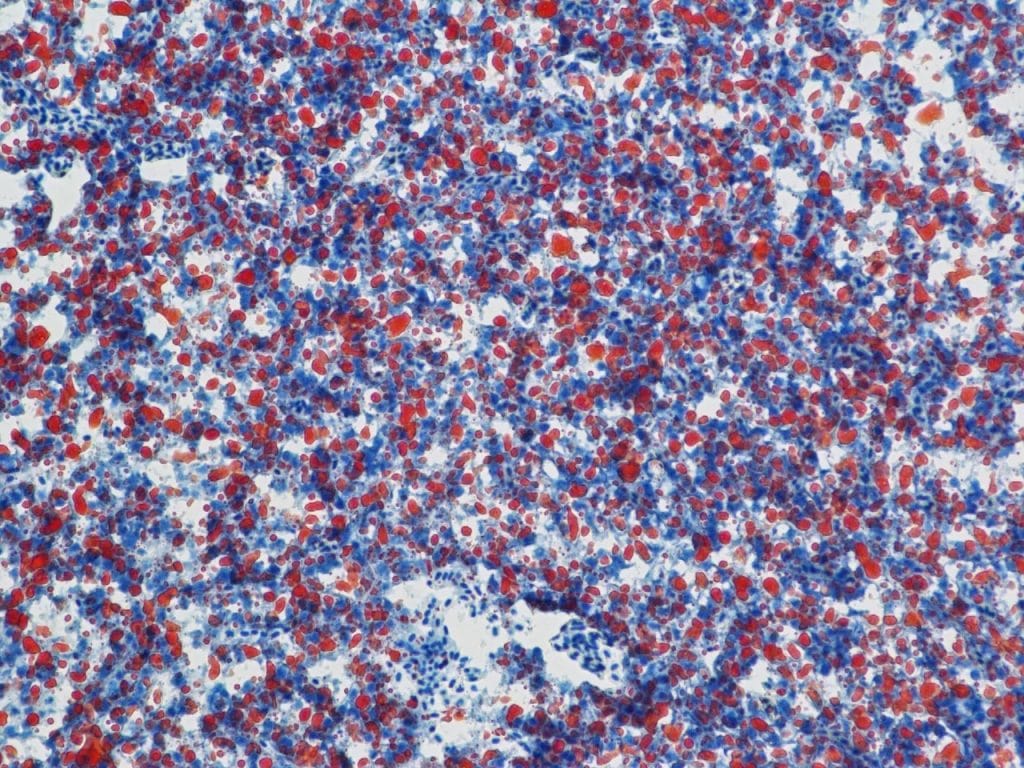Soaping is an indispensable step in dyeing with reactive dyes. Most of the soaping agents used in the early stage are soap and other surfactants. These soaping lotions contain many soaps, large water consumption and serious stripping, resulting in fabric defects B9. 4。 The use of single surfactant as soaping agent is difficult to meet the requirements of soaping, there are many defects and do not have anti fouling performance. It is found that the combination of multiple surfactants can not only avoid the defects of a single surfactant, but also provide certain anti staining performance. Antifouling soaping agent is mainly composed of detergent, detergent aid, antifouling agent, etc.

The detergent mainly plays the role of washing floating color, which requires that the detergent must have good emulsification, wetting, decontamination and other functions. Anionic surfactants and non-ionic surfactants are used most. Anionic surfactants have good decontamination, dispersion, wetting, adsorption, solubilization, penetration and other properties 044; The main anionic surfactants used are sodium alkylbenzene sulfonate, sodium olefin sulfonate, sodium fatty amide sulfonate, etc. Nonionic surfactants have good decontamination effect at low concentration, excellent electrolyte and hard water resistance, and good compounding performance. The main non-ionic surfactants used are polyether, polyoxyethylene ether, isoalcohol ether, etc.
Most common soaps have problems such as endless removal of floating color and poor anti staining performance, which can not meet people’s requirements for product quality. Therefore, antifouling agent is an indispensable part of soaping agent. In recent years, antifouling agent is one of the hottest soaping additives in China. Antifouling agent mainly has two functions: one is to prevent the eluted dyes and impurities from contaminating the fabric again, and the other is to complex the metal ions in the solution to prevent re precipitation from causing defects. Polymer surfactants commonly used as antifouling agents include polyvinyl alcohol (PVA), polyvinylpyrrolidone (PVP), polyacrylic acid (PAA) and acrylic acid maleic anhydride copolymer (AAMA).

